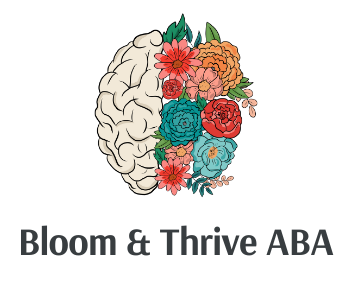The Difference Between NET and DTT in ABA Therapy
Applied Behavior Analysis (ABA) therapy includes various teaching methods to help children with autism develop important skills. Two commonly used approaches are Natural Environment Teaching (NET) and Discrete Trial Training (DTT) . While both are effective, they differ in how and where learning takes place.
Discrete Trial Training (DTT)
DTT is a structured, teacher-led approach that breaks down skills into small, manageable steps. Each trial follows a clear format:
1. Instruction – The therapist gives a prompt (e.g., “What is this?” while pointing to a picture).
2. Response – The child responds correctly or incorrectly.
3. Consequence – If correct, the child receives reinforcement (e.g., praise or a small reward). If incorrect, the therapist provides guidance and repeats the trial.
DTT is effective for teaching foundational skills such as imitation, matching, and following directions. It’s structured and repetitive, which helps children learn through clear, direct instruction.
Natural Environment Teaching (NET)
NET, on the other hand, is more flexible and child-led. It focuses on teaching skills in a natural setting, using the child’s interests as motivation. Instead of structured trials, learning happens through everyday interactions. For example:
• If a child reaches for a toy car, the therapist might say, “Say ‘car’ to get it.”
• If a child is playing with blocks, the therapist might introduce counting or color-naming in a fun, engaging way.
NET helps children apply skills in real-life situations, promoting generalization and independence. It’s particularly effective for teaching communication, social skills, and problem-solving.
Which One Is Better?
Both DTT and NET have their place in ABA therapy. DTT is great for teaching new skills in a controlled way, while NET helps children use those skills naturally in everyday life. A balanced ABA program often includes both methods to ensure well-rounded learning.
If you’re considering ABA therapy for your child, talk to your therapist about how they incorporate DTT and NET to support your child’s unique needs.





